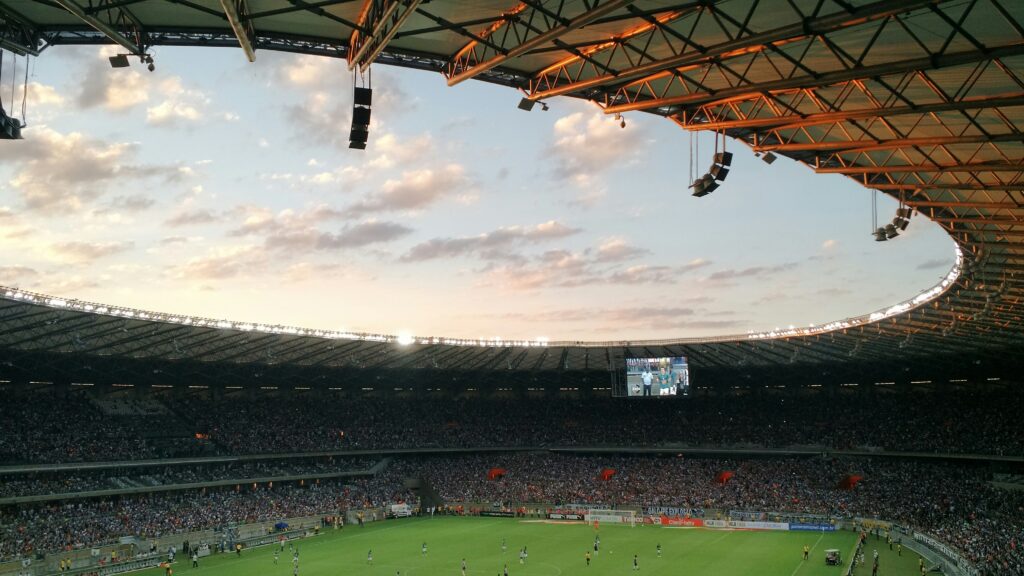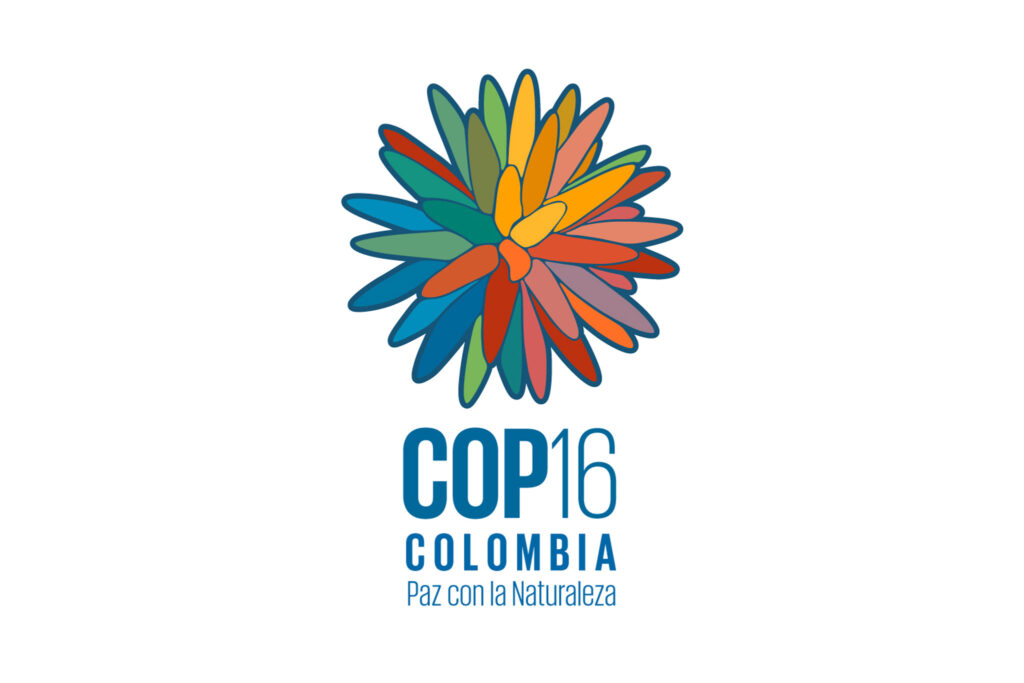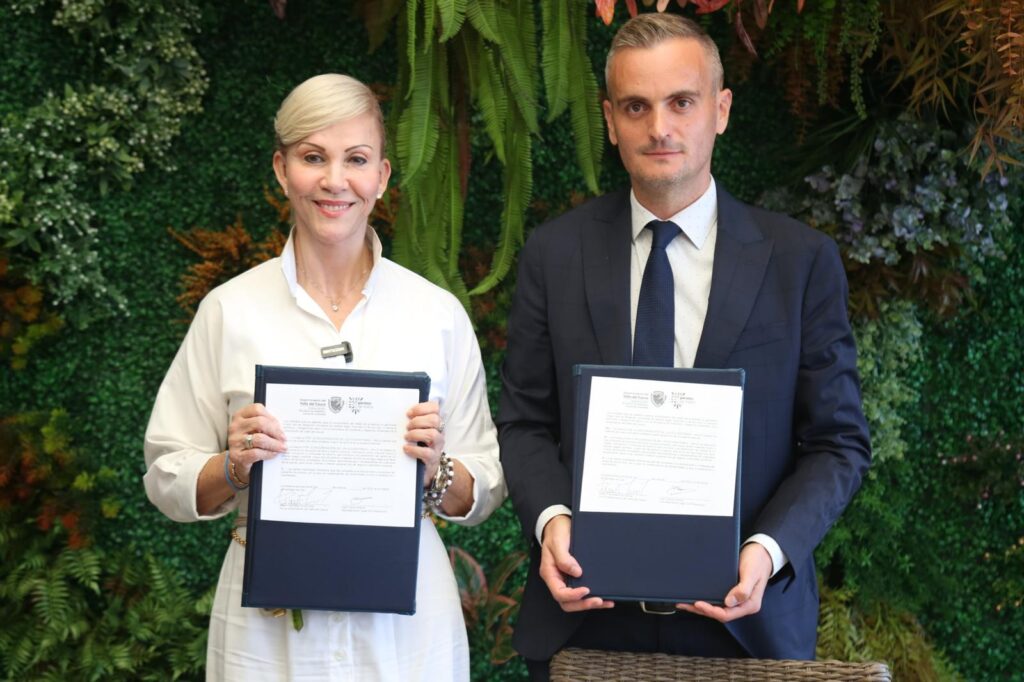Some facts
Bubión (Granada), Marchagaz, and Plasencia (Extremadura), Iznallón Parque del Gerês-Xurés (Galicia-Portugal), Vall de Gallinera (Valencian Community), Monterrei (Galicia), Cualedro (Galicia), Robledo de Chavela (Madrid) (Extremadura), are some of the areas burned so far in August.
Spain is the second EU country – only behind Portugal – most affected by forest fires. With an annual average of nearly 100,000 hectares burned.
The CO2Revolution project, based on artificial intelligence techniques applied to forest engineering, brings a new and revolutionary reforestation system based on selective planting with drones and smart seeds.
Madrid, August 13, 2020
Fire management experts have been warning for years that the climate crisis is leading to the emergence of a new type of forest fire. A next-generation fire, much more virulent, with greater energy intensity, and therefore more devastating. According to the «Mediterranean Burns» report by WWF (2019), Spain is the second EU country – only behind Portugal – most affected by forest fires. With an annual average of nearly 100,000 hectares burned, some studies indicate that currently only 3% of the burned area is being recovered after the flames pass. Faced with this situation and the risk of high temperatures, computer and forestry engineers from CO2 Revolution, a company founded for the recovery of forests and their ecosystem, continue to evolve their techniques in artificial intelligence for the benefit of biodiversity. It is a challenge to be faced, and this project is born out of the threat of climate mega-fires, capable of ravaging thousands of hectares of forest in just a few hours, affecting inhabited areas and putting thousands of people at risk. These fires, also called sixth-generation fires, «are a type of fire that threatens especially the countries of southern Europe, where the decrease in rainfall, coupled with the increase in average temperatures, evapotranspiration, and soil dryness is creating a highly flammable forest environment, a powder keg ready to ignite at the slightest imprudence,» says Juan Carlos Sesma, founder and director of CO2 Revolution. When temperatures rise in much of Spain to 45 degrees Celsius in some areas and situations arise that lead to the alarming «fire triangle» (over 30 degrees Celsius temperature, wind over 30 km/h, and less than 30% humidity), it is necessary to reinforce alerts and expand precautionary measures. Beyond activating risk prevention protocols for the population and avoiding ecological disaster and the high loss of biodiversity generated by a mega-fire, environmentalists, forestry engineers, and fire management experts highlight the need to implement a national forest regeneration plan to restore the wooded area ravaged by this type of catastrophe. Faced with this situation, it is necessary to undertake resolved and effective reforestation measures, which accelerate the replacement of burned forests with native species and stimulate the recovery of lost biodiversity. For this, the CO2Revolution project, based on the application of artificial intelligence techniques to forest engineering and the restoration of forest ecosystems, brings a new and revolutionary system based on selective planting with drones, much more profitable and sustainable. «If a person can reforest around one hectare in two weeks of work, with a drone, we can reforest a hundred hectares in a single day. Efficiency in times and costs is guaranteed: no matter how rugged the terrain is, we can carry out regeneration with the appropriate species, even in the most remote and inaccessible places, and all this in a much more effective way and at a much lower cost,» says Juan Carlos Sesma. To do this, CO2 Revolution uses ‘iSeed’ smart seeds, embedded in a biodegradable capsule that protects them, ensuring maximum effectiveness in the planting process. These are pre-germinated seeds that also contain super components to enhance their germination and prevent the growth of weeds. The plantations are carried out with drones equipped with tanks that can hold up to 2,500 seeds, launching them from the air to cover larger areas of land, which also allows them to be planted in hard-to-reach areas.


